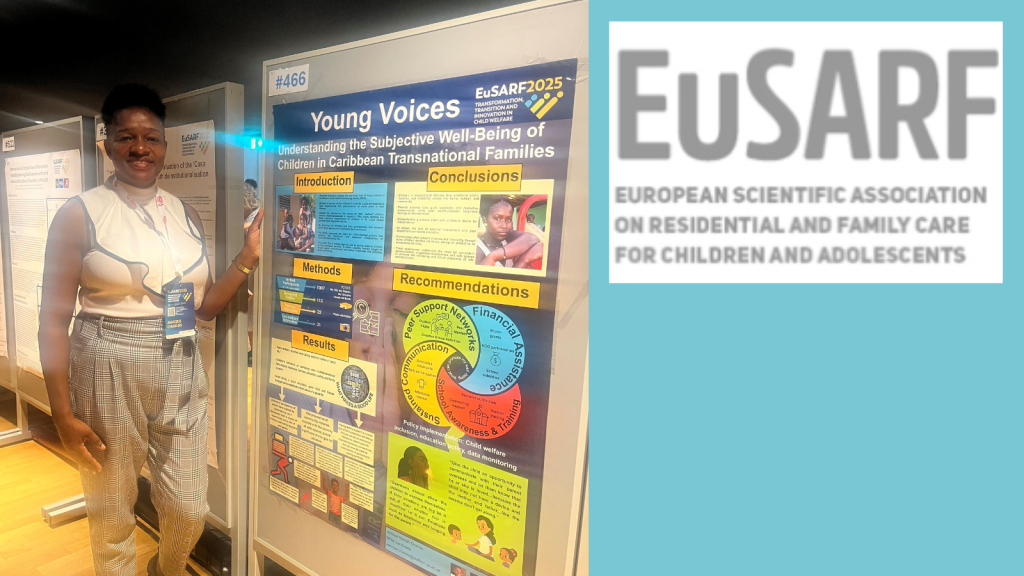The Project
First major study in the UK to explore the relationship between educational outcomes, young people’s care histories and individual characteristics by linking the National Pupil Database (NPD) and the Children Looked After Database in England, for all pupils eligible to take their GCSEs (examinations at age 16 years) in 2013. Scroll down for key findings.
The main analysis concentrated on the progress at secondary school (Key Stages 2-4) of those who had been in care for over a year. These pupils were compared with children in need (receiving social work support while living at home) and pupils not in need or in care. Detailed statistical analysis was undertaken including multiple regression, multi-level modelling and path analysis. This was complemented by interviews with 26 young people, 18 of their carers, 20 designated teachers, 17 social workers and six Virtual School Headteachers.
Research Team
This was a joint research project between the University of Bristol and the Rees Centre.
Professor Judy Sebba
Professor David Berridge
Professor Sally Thomas
Dr John Fletcher
Dr Karen Bell
Professor Ian Sinclair
Dr Aoife O’Higgins
Key Findings
See below for further details and reports.
Key Findings
Key Messages for Policy and Practice (pdf)
What are the key factors contributing to the low educational outcomes of young people in care in secondary schools in England?
The analysis reveals that controlling for all factors, the following contribute to the educational progress of young people in care:
- Time in care. Young people who have been in longer-term care do better than those ‘in need’ but not in care, and better than those who have only been in short term care – so it appears that care may protect them educationally.
- Placement changes. Each additional change of care placement after age 11 is associated with one-third of a grade less at GCSE.
- School changes. Young people in care who changed school in Years 10 or 11 scored over five grades less than those who did not.
- School absence. For every 5% of possible school sessions missed due to unauthorised school absences, young people in care scored over two grades less at GCSE.
- School exclusions. For every additional day of school missed due to fixed-term exclusions, young people in care scored one-sixth of a grade less at GCSE.
- Placement type. Young people living in residential or another form of care at age 16 scored over six grades less than those who were in kinship or foster care.
- School type. Young people who were in special schools at age 16 scored over 14 grades lower in their GCSEs compared to those with the same characteristics who were in mainstream schools. Those in pupil referral units with the same characteristics scored almost 14 grades lower.
- Educational support. Young people report that teachers provide the most significant educational support for them but teachers suggest that they need more training to do this effectively.
Policy and Practice Implications
- The progress of children in care shows much variation which suggests that any interventions need to be tailored to the characteristics and experiences of the individual.
- Education needs to be supported at a much younger age and while children are still living with their birth families, in order to reduce later difficulties relating to adolescence.
- Greater focus on progress over time is needed and recognition that some young people take longer to make significant progress.
- When placement moves are essential, school moves should be avoided, especially in the final years of schooling.
- Children in care should be placed in mainstream schools with appropriate support wherever possible.
- We need to support young people in care to achieve high attendance at school and we need to support schools not to exclude them.
- Schools that benefit all children are likely to benefit those in care so prioritizing their admission is justified.
- Teachers need better understanding of children’s social, emotional and mental health problems; social workers need better understanding of the education system.
- Schools and local authorities should use extra help such as paired reading and one-to-one tuition that are supported by evidence.
- The Virtual Schools, schools, social workers and foster carers should work closely together and involve the young person in decisions affecting them.
Overview Report
Technical Reports
Additional Resources
Reports of this research were formally launched at the Nuffield Foundation London, 30 November 2015.
Slides from Launch Event 30.11.2015
The following journal article by David Berridge was published in the journal Children and Youth Services Review, vol 77 June 2017, pp 86-93
The education of children in care: agency and resilience
Special Issue of Oxford Review of Education, July 2019. Edited by Judy Sebba and Nikki Luke
A set of papers from international leaders in their fields who contribute new and updated evidence of factors that might contribute to poorer outcomes for children in care and possible ways of improving them. The papers offer a view of education for children and young people in care across a range of countries, from primary school through to university. The findings from the individual studies illuminate one another For example, both Forsman, and Hickey and Flynn, showed that specific interventions could improve young people’s reading skills. In turn, Okpych and Courtney found that a higher reading level at age 17 predicted a greater likelihood of later going to college. Three common themes emerge from the papers: resilience, early interventions, and children’s voices.
Research Team














